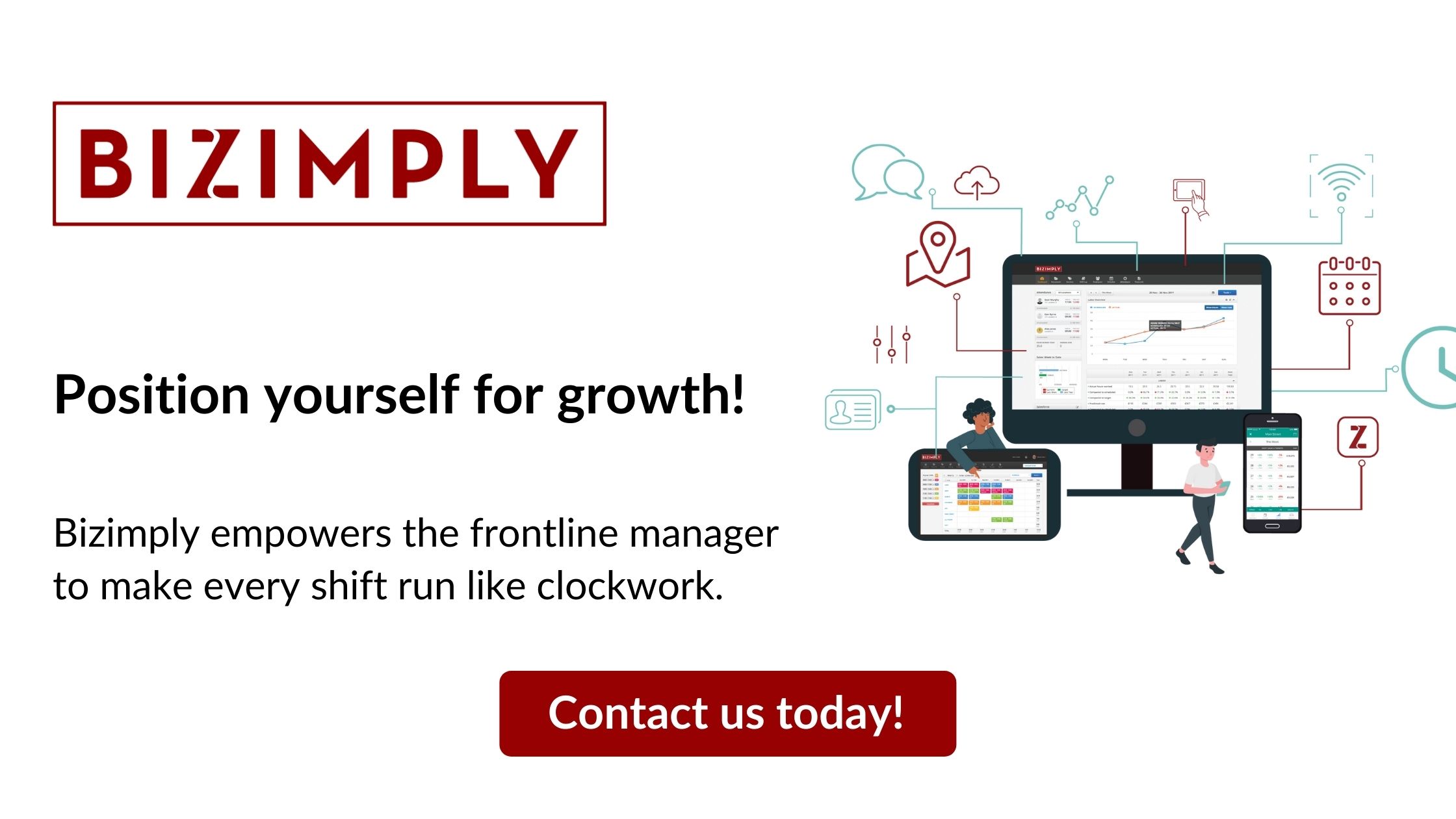On-the-job training is the best way to teach your staff the necessary skills they need suited to the workplace environment they are in. Majority of the time, this type of training often happens while employees are doing their job.
So why is it important?
Firstly, on the job training is not only going to benefit the employee themselves, but it benefits the company and even the customer!
- Better customer service – Your employee is going to be better equipped with the skills and knowledge required to provide your customers with top end service. Whether it’s in a restaurant and knowing which wine pairs nicely with each meal or detailing the ins and outs of a product in-store, trained employees will be able to increase sales for the organisation resulting in happier customers and also an increased likelihood of the customer returning to the restaurant or store to make similar or repeat purchases.
- Impact on business reputation – How your staff treat and react to customers is a reflection of your business brand. If you’re looking to elicit a certain tone or attitude within your organisation then training your employees to carry out your chosen style is key for customers to get a true sense of what the brand is like. You want your business to be thought of positively so you can build and maintain a great status.
- Reduced employee turnover – most shift based businesses have higher levels of turnover, especially in hospitality and retail. The major reason for this is due to many of the staff being students or part-time employees so managers decide not to train them. On the job training and good incentives in a job could prevent an employee from leaving, boost morale amongst the team and mean your employees would stay with you for longer.
- Leaders in the making – You have to remember most of your staff in shift based businesses are more than likely at the starting age to work or be college students. They will be keen to learn and develop their skills as they have a future ahead of them. Providing your staff with on the job training allows you to promote within your business, which in turn leads to better employee retention and productivity. It will benefit as you will cut down on onboarding costs and current employees will already be aware of the tone and culture the business holds.
Training can be delivered in many formats and for your business to avail of the benefits of on the job training there are rules to be followed. It’s also important to have efficient operations within the business and employee scheduling is one of these. Get an insight into how Bizimply can help you with this today.

Here are Bizimply’s 10 basic employee training principles:
- Train your staff everyday
Training doesn’t have to be where your employees undergo an intense 2-3 days of information overload and demonstrations. It can be part of an ongoing process, this way you will realise some activities your staff will automatically pick up on from the observations of others. On the job training everyday will be beneficial, not overwhelm your staff and become part of your culture.
- Define the objectives of the training
There is no point training your staff without having an objective as to why you are doing it. That would be a waste of time for you and the employee. Defining goals and objectives will outline what you want the employee to achieve by the end of the training process and highlight there is a purpose to the learning. Objectives and goals should be outlined for the overall training plan, the topics and course and for individual sections.
- Address skills gaps
Some training that your employees will undergo will be mandatory in every organisation such as compliance or Hiscox training depending on the industry you are in. When you are getting more into the role of the job itself, there may be gaps where the employee does not have the skills to carry out the role. These need to be identified and often prioritised.
- Consistency
All employees must receive the same level of standard training. It has been proven to be one of the many benefits of on the job training and is the best way for training to then be carried out in the workplace. Training an employee one way and then training another a different way will lead to responsibilities being carried out differently and may cause conflict.
- Blend your approach to training
As I said above, consistency in the level of training is important however this can be delivered in different styles. There is no one right way to train. The list of basic employee training principles discusses how we should deliver training in different ways. When you blend learning methodologies, it leads to more effective training and better results that will show through your employee.
- Understand your employees’ needs
Tailoring on the job training to your employees needs are going to be a lot more effective than choosing their training for them.
Some common feedback from employees have been’
Realistic training – Yes your staff need the standard theoretical training that is tailored for your industry but their may be specific courses or programmes that your employee wants to do that will provide them with the real skills to excel in their job.
Appreciate their eagerness – Your employees want acknowledgement for taking the time to learn on the job and to know they are making progress too. They want you to appreciate the level of work they already do and the on the job training should be a foundation for this.
Motivation – Provide your employees with motivation for completing on the job training, for example, you can congratulate and encourage them or show your appreciation by giving them small gifts or rewarding incentives.
- Evaluation stage
After spending time and resources creating a training programme and implementing on-the-job training for your staff, you need to assess whether it has been effective. One way to do this is to test your employees, this will help you identify which employees may need a little extra training and who is ready to move on to the next stage. Gaining feedback from those doing on the job training is another way for you to determine whether the training has been valuable. The best way to do this is through an anonymous survey so the feedback will be truly honest.
- Implement an LMS
A workforce management software that has a learning management system will allow for a much more streamlined training process for both you and your employees. You will be able to have all the information stored in one place, see who is involved in on the job training, the training courses they are on and get reminders days before when training is due again. By streamlining these laborious and manual tasks,managers have more time to focus on other business areas, spend more time with their team on the floor and interact with customers.
- Employee engagement
What will your employees get out of on the job training? When they are aware of the benefits and possible rewards that are associated with the training they are more likely to implement in their day to day role and even pass key information on to other new employees. This will fulfill the objectives that you outlined at the beginning and become a part of the company culture.
- Reward your employees!
Nothing better than feeling appreciated. Reward your employees for the hard work and effort they have done. You will be surprised how much this will result in team morale, employee retention and just an overall positive working environment for everyone. You don’t have to go overboard, especially if you don’t have the budget but any opportunity to reward staff will be truly appreciated.
On the job training will equip your employees for the role they have been selected to carry out in the workplace. As business changes, bear in mind that your training programme should also be adapted so your current staff and newcomers can continue to deliver on the excellent customer service they provide.
Want to see how Bizimply can help you streamline your on-the-job training? Book in for a free consultation now with one of our solution advisors!









